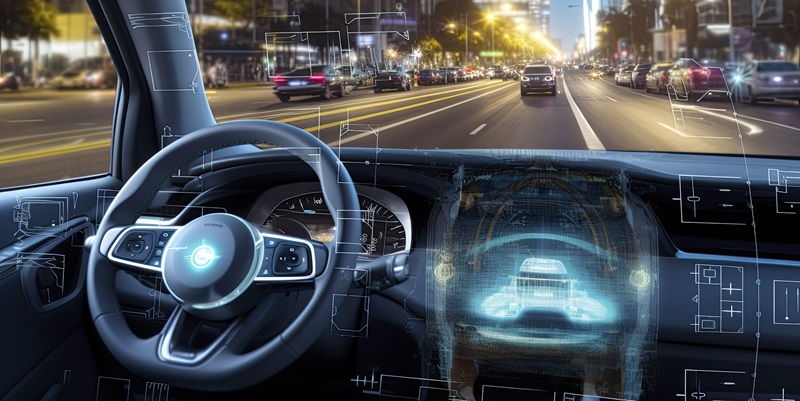In a groundbreaking collaboration, the University of Freiburg and Bosch Research have embarked on the AI-Drive project with the aim of developing the next generation of AI algorithms for automated driving. By combining their expertise and resources, the partners intend to create safer, more transparent, and more robust overall systems. This article delves into the various aspects of the project, highlighting its contribution to applied research in automated driving and the advancements it aims to achieve.
Contributions to Applied Research in Automated Driving
AI-Drive is not merely an isolated endeavor, but part of a larger initiative to bolster applied research in automated driving within Germany. Recognizing the importance of pushing boundaries, the University of Freiburg and Bosch Research have come together to focus on interlinked modules collectively optimized for automated driving. This collaboration promises to contribute significantly to the advancement of the field.
Project Duration and Funding
With the magnitude of their goals in mind, the AI-Drive project is planned to span three years. To support this ambitious undertaking, Bosch has committed approximately 3.7 million euros in funding. This substantial investment underscores the seriousness and dedication of both partners in driving this project forward and achieving its objectives.
Advancements in Neural Architecture Search
A key objective of the AI-Drive project is to develop cutting-edge techniques for neural architecture search. By automating the design and optimization of network architectures, researchers aim to create more efficient and optimized neural networks. This technological leap is crucial for enhancing the performance and reliability of AI algorithms in autonomous vehicles and taking automated driving to new heights.
Integration of prediction and planning modules
To achieve seamless and efficient automated driving, the AI-Drive project places great emphasis on tightly integrating prediction and planning modules within its framework. By interconnecting these modules, the algorithms can work in harmony, share information, and coordinate their actions, leading to improved decision-making processes and overall performance. This integration represents a critical step toward creating a robust and reliable automated driving system.
A transparent and interpretable approach
One notable aspect of AI-Drive is its deliberate adoption of a transparent “white-box” approach. Researchers purposefully craft components in a way that produces intermediate results interpretable by humans. This focus on transparency has multiple advantages, such as fostering trust in the system and streamlining certification processes. By enabling human interpretability, AI-Drive enhances the ability to understand and validate the algorithms, thus paving the way for safer and more reliable autonomous driving systems.
Dissemination of technological and theoretical breakthroughs
The AI-Drive partnership does not seek to keep their advancements to themselves. Instead, they aim to contribute to the scientific community by sharing their findings and breakthroughs. Through publication in esteemed scientific journals and conferences, the project’s technological and theoretical achievements will be disseminated, allowing researchers worldwide to benefit from and build upon this knowledge. This commitment to open collaboration ensures that the AI-Drive project has a lasting impact on the field of automated driving.
Aim for a safer, transparent, and robust autonomous driving system
As the AI-Drive project progresses, the partners have set their sights on creating a safer, more transparent, and more robust overall system for autonomous driving. By developing advanced AI algorithms and optimizing their integration within interlinked modules, they aim to overcome existing challenges and push the boundaries of what is possible in automated driving. The ultimate goal is to enhance the performance, reliability, and safety of autonomous vehicles, making them a viable and trusted transportation option for the future.
The AI-Drive project between the University of Freiburg and Bosch Research is undoubtedly an ambitious and groundbreaking undertaking. It represents a significant contribution to the applied research in automated driving within Germany and has the potential to leave a lasting impact on the global stage. Through its focus on cutting-edge techniques, integration of modules, transparency, and dissemination of knowledge, AI-Drive is poised to revolutionize the field of automated driving and pave the way for a future that is safer, more transparent, and more robust.

